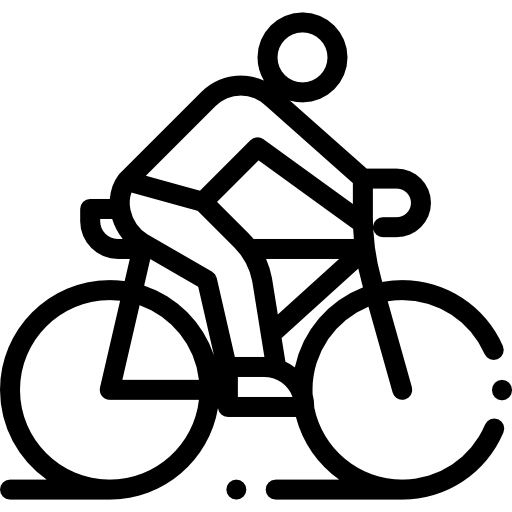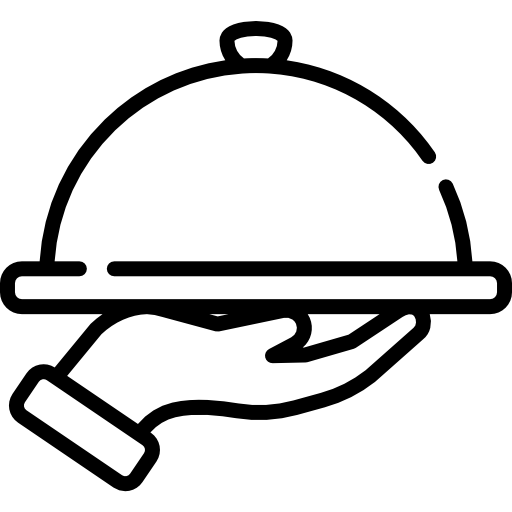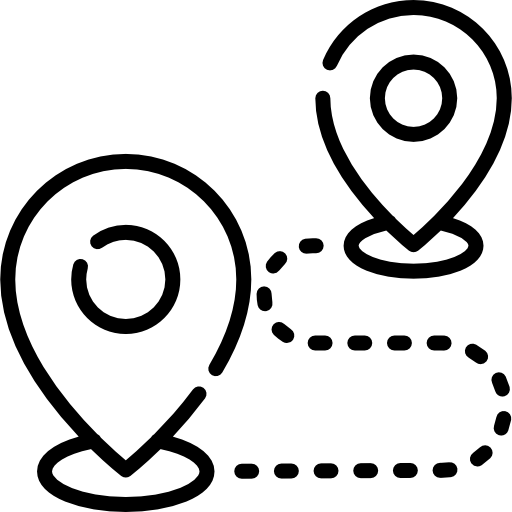Visa and documents
Incoming EU, EEA and CH citizens are required to produce an identity card valid for expatriation or a passport. Based on their nationality, country of residence, travel reasons and length of stay, citizens from countries outside the EU, EEA and CH must apply for an entry visa for Italy. Submitting the necessary documentation is no guarantee of being issued a visa. To check whether a foreign citizen needs a visa to enter Italy, please visit the website of the Italian Ministry of Foreign Affairs .
Currency and payments
The Euro is the sole currency of Italy. For daily exchange rates, please visit the website of the Bank of Italy. You can exchange currency in banks, exchange offices, airports and hotels.
Climate and temperature
The climate of Monza is classified as temperate continental, making it ideal for visiting throughout the year. Winters are cool, with temperatures rarely dropping below freezing and occasional picturesque snowfall. Summers are warm and sunny, with temperatures seldom exceeding 30°C, perfect for enjoying outdoor events and pleasant evenings. Spring and autumn offer mild temperatures and charming landscapes, making every walk a unique experience.
Time zone
Monza, like the rest of Italy, follows Central European Time, which is one hour ahead of Greenwich Mean Time. During the summer months, Daylight Saving Time is observed, advancing the clock by an additional hour. This change occurs from the last Sunday in March to the last Sunday in October, allowing you to make the most of the long summer days.
Health and safety
In Lombardy, there is a single emergency number: 112
Vaccinations or prophylaxis are not required for those who decide to vacation in Italy. When transporting medications by air, it is necessary to have a certificate or medical prescription dated no more than 30 days prior to the trip, including patient details and indicating the medical condition and prescribed treatments.
The healthcare system in Lombardy assists and treats, in both public facilities and contracted private facilities, even foreign citizens who, for various reasons, find themselves in the regional territory.
In emergencies, healthcare is also provided at the Emergency Rooms of hospitals:
Ospedale San Gerardo Monza
Via G.B. Pergolesi 33, Monza
Istituti Clinici Zucchi Monza
Via Bartolomeo Zucchi 24, Monza
Pharmacies: find out which pharmacy is on duty
Historical Overview of Monza
The City of Monza
The area now occupied by Monza has been inhabited since the Iron Age. In Roman times, Monza, then called Modicia, became the most important center in the region, though still dependent on nearby Mediolanum (Milan). Due to its location on the banks of the Lambro River, among extensive wooded areas, it became a key transportation hub between Milan and Brianza, the Bergamo-Como route, and the north. Archaeological finds from this period suggest that Modicia was modest in size.
The Lombard Kingdom
Monza gained prestige only at the end of the 5th century thanks to Theodoric, who, after conquering Milan, chose it as the site for one of his palaces due to its favorable and healthy summer climate. Due to its geographic and strategic location, it began to become one of the most important centers of the Lombard Kingdom. The city's fortune increased with Queen Theodelinda, wife of the Lombard kings Autari and Agilulfo. A Catholic, she chose Monza as her residence and had a palace and a chapel dedicated to St. John the Baptist built there, where in 603 the heir to the throne, Adaloaldo, was baptized.
In the following two centuries, Monza, as a royal court, prospered and increased its independence both administratively and religiously from Milan. The earliest written records of the coronations of Kings of Italy in Monza date back to the 12th century: Frederick I, Barbarossa, crowned King of Italy in 1158, placed the city under imperial protection and built a new large palace using materials from the demolition of Milan's city walls. With the birth of the Commune in the 12th century, Monza began a period of significant urban and economic development: an artisan industry related to weaving and wool processing emerged.
The Age of the Signorie
By the late 13th century, the city's urban structure was characterized by a strong concentration of conventual and monastic buildings. The Commune distanced itself from the feudal authority of the cathedral archpriest and chose the Arengario as its headquarters. During this time, Monza participated in the struggle between the Visconti and Della Torre families, who competed for dominance in Milan. After the Battle of Desio, the city experienced a revival of construction activity, including the complete reconstruction of the Cathedral starting from May 31, 1300. The Visconti recognized the strategic importance of Monza in the emerging Duchy and the Monza Church as a center of power and prestige, independent from the archdiocese of Milan and tied to the Empire due to the presence of the Iron Crown and the tradition of imperial coronations. Construction of the castle began in 1324 by Galeazzo Visconti. With the transition of lordship to the Sforza family in 1447, Monza established itself as an important center for the production and trade of wool. In terms of urban development, the most significant intervention was the creation of Piazza del Duomo on the western side of the Basilica of St. John.
The arrival of Charles V in Italy coincided with the age of plagues that decimated the population and ruthless taxation. The urban structure remained largely unchanged. In 1648, the county was purchased by the Durini bankers: the economy experienced a period of recovery, with the development of the hat-making industry. Noble families and the new entrepreneurial bourgeoisie chose the city for their residences, influencing the development of the urban layout.
The Great Transformations of the 19th Century
Throughout the 19th century, demographic growth was accompanied by a series of urban interventions that gave the city a new face: the construction of the Villa Arciducale between 1777 and 1780 and the progressive demolition of medieval fortifications marked the establishment of manufacturing units and the expansion of the urban core beyond the medieval city walls, facilitated by the suppression of religious properties. The Park was created in 1806 by Napoleon, and in 1838 Monza was recognized as a "city." The Milan-Monza railway line, the second in Italy, was inaugurated in 1840. During this period of intense industrial development, the countryside was urbanized, and the city merged with the surrounding villages, expanding southward (1880-1930) with a regular layout and modern supra-municipal services. In the 19th century, the construction of villas for court dignitaries, first of the archducal court and later of the Savoy family, began along Viale Cesare Battisti. Post-war urban development is linked to the creation of new peripheral neighborhoods with high-density housing and is regulated by strong infrastructural constraints.
Bank holidays
January 1: New Year's Day
January 6: Epiphany
Easter: can fall between March 22 and April 25
Easter Monday: the Monday following Easter
April 25: Liberation Day
May 1: Labour Day
June 2: Republic Day
June 24: In Monza, St. John the Baptist, the city's patron saint, is celebrated
August 15: Ferragosto
November 1: All Saints' Day
December 8: Immaculate Conception
December 25: Christmas
December 26: St. Stephen's Day
Emergency Numbers
- Radio Taxi +39 039 36379
- Taxi +39 039 384699
- Emergency Number 112 (Carabinieri, Police, Fire Brigade, Medical Emergency)
- Italian Red Cross +39 039 204591
- Local Police +39 039 28161
- Carabinieri +39 039 323324
- Pharmacies: Find out which pharmacy is on duty










